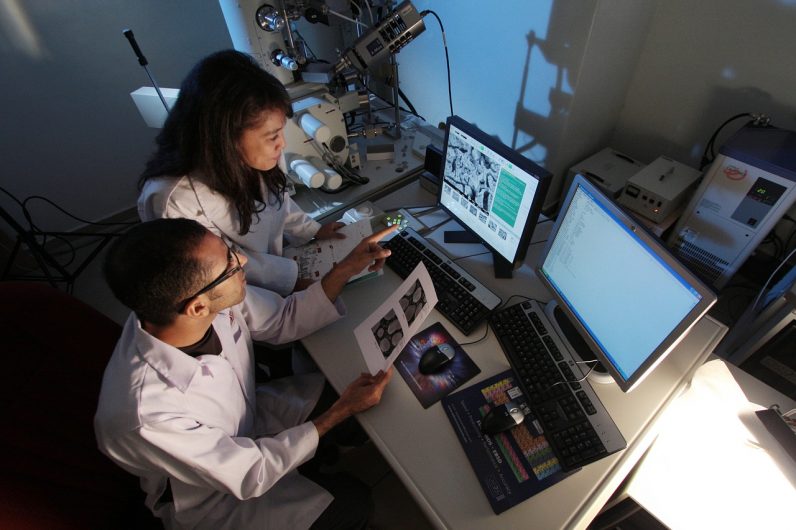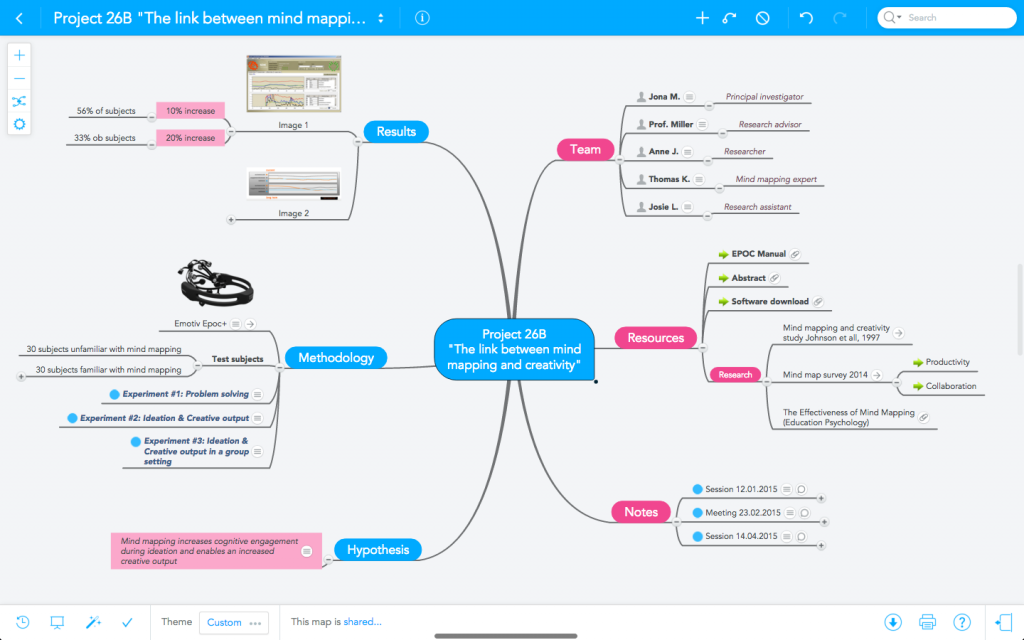Dialectics is an important consequence in our human brain’s evolution. You must have noticed that our ideas and decisions are never the result of one single thought. We tend to think various lines of thought simultaneously, with each line again branching out, often clashing with a few others before, eventually, all come to one singular conclusion. In order to arrive at a probable output, our mind argues with its own self constantly. We literally argue with ourselves.

When we try to force this process, for instance because we’re trying to come up with a new idea during a brainstorming session, our brain takes all the information it has, crunches all its levers simultaneously and rushes toward one ecstatic Eureka moment, which may or may not come. There are tools to aid in this process, however, and one of the best ones is mind mapping. Drawing mind maps helps brainstorming new ideas as it prompts us to pay attention to the problem, and consciously consider different solutions to solve it. Essentially, a mind map is a pictorial representation of our dialectics for the problem at hand.
Mind Mapping for Research Teams
In our time and age, scientific research has become ineluctably multidisciplined and multifaceted. Most reputed research teams nowadays collaborate on an international scale while working on a project. We are witness to such colossal projects as the Large Hadron Collider at CERN and the Human Brain Project, which employ thousands of scientists from across the globe.
Even though researchers often work with the most advanced scientific equipment on the planet, they somehow manage to overlook the most basic technological advancements outside of their focus area. One might be surprised to find a good number of scientists still use email as their prime mode of communication between team members, and often a ton of data recorded in analog lab books goes undigitized and without central access.
Thinking back on my own time in academia I (fondly) remember hundreds of emails going back and forth between research advisors and myself and often dozens of authors editing one text document. Once the research team size exceeded ten members or so, most of the fringe research would go completely unnoticed by most team members, leaving only the principal investigator to overlook the work.

In the highly competitive and fast moving world of academia having a central place for teams to collaborate, brainstorm, exchange ideas and keep track of progress is absolutely crucial. While there are a number of SaaS products targeted specifically at the needs of academia, these tools often satisfy only singular needs like writing a document or creating a data repository. A versatile collaborative platform which brings all team members onto the same page has been pretty much missing from the science landscape.
Using MindMeister to Connect and Collaborate
This is where MindMeister comes in. As a web-based mind mapping application, the tool offers a centralized space with information that all team members can access, edit and comment on. Team members can add links and upload attachments, effectively creating a repository that can be modified and expanded anytime. They can brainstorm and take notes in the map during meetings, and with everyone being able to access the map simultaneously, it doesn’t matter whether members are in the same room or spread out across the earth.
In addition to that, MindMeister offers some valuable task management capabilities through its integration with MeisterTask, a collaborative online tool where team members can visualize the individual stages of their project and stay on top of their daily to-dos.
Whether you’re writing an article with your co-authors, are applying for a scientific grant or monitoring your research project’s progress, MindMeister will help you improve collaboration in your team and ensure important information doesn’t get lost. Some scientists have even used it in their attempt to get to the moon.
tl;dr
- MindMeister combines a collaborative platform with task management capabilities
- All data and ideas are stored in one central location
- Mind maps help focus on the big picture

